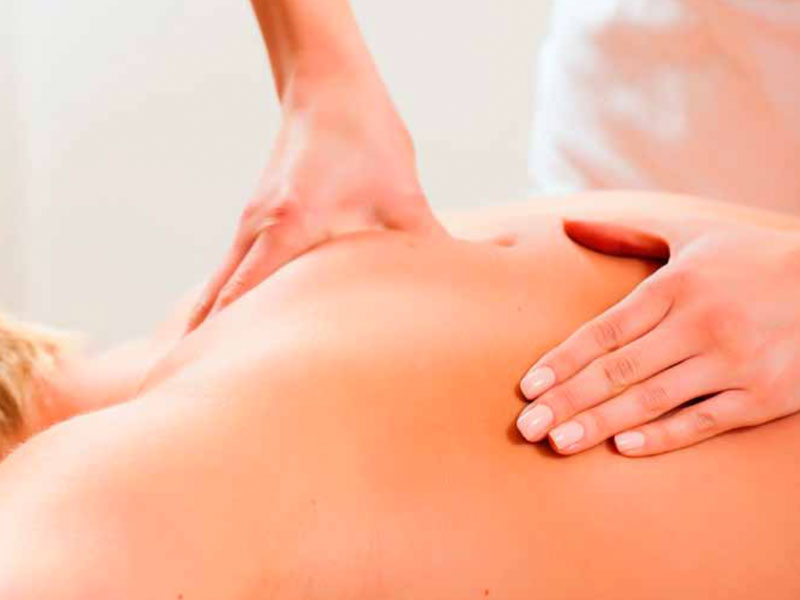What is Sports Massage?
Sports Massage is a specialised form of massage that addresses the particular needs of participants of physical activity. Sports Massage is typically used before, during, and after physical events, and also as maintenance during off-season, pre-season and post-season.
The purpose of the sports massage is to prepare the performer for peak performance, to reduce the effects of fatigue, to relieve swelling, to reduce muscle tension, to promote flexibility and to aid in the prevention of injuries.
Sports Massage utilises a mixture of techniques ranging from Swedish, deep tissue, myofascial release, and facilitated stretching.
What are the benefits of Sports Massage for a performer?
There are many benefits of receiving regular Sports Massage, including but not limited to:
- Relief of muscle tension and stiffness
- Improve flexibility and range of motion
- Reduced muscle pain, swelling and spasm
- Increase muscle blood flow
- Help aid recovery
- Reduce feelings of stress/promote feelings of wellbeing
Will Sports Massage help my injury?
Sports massage can be vital in the rehabilitation of many different injuries, it can help with pain, muscle tension, muscle stiffness and improve circulation.
Massage therapy can be relevant for all stages of injury healing. From acute to chronic conditions, massage can be useful. If you are in any doubt about whether massage is suitable for you and your injury, please contact the clinic and speak to a physiotherapist or massage therapist for advice.
Massage can be also useful after some orthopaedic surgery including total hip and total knee replacement or even after serious trauma. Following surgery, sports Massage can assist in ensuring a strong pliable scar is formed instead of a hard and stiff scar. As a result, range of motion and tissue elasticity are maintained. Again, please ring the clinic and speak to a physiotherapist for advice.
Do I need to be injured to benefit from Sports Massage?
Sports massage can also be applied to non-injured areas, this can help to maintain the conditions of your muscles during daily use. We often see many people at the clinic who benefit from massage treatment who struggle to sit comfortably at the desk and really benefit from massage to relieve tension through the neck and shoulder muscles. We also see a number of people who enjoy sport and physical activity who use massage to help minimise muscle tension as they increase the intensity of any exercise.
How often should I get a Sports Massage?
Frequency of massage treatment depends on several factors such as training volume and intensity, whether or not you have chronic pain or acute injury, and other factors. You can get them regularly to compliment your training and wellbeing or other participants only get an occasional Sports Massage for maintenance benefits.
Alongside active recovery it is a great complement to maintaining your body’s condition. It may be worth trialling a course of 3 to 4 massages regularly initially to assess their benefit in conjunction with your training and exercise schedule. Then you’ll be able to decide how often you feel you need a Sports Massage.
Is Sports Massage painful?
Sports Massage can be uncomfortable for some people. If your therapist is mindful and experienced they will work with you to establish the appropriate depth and pressure. Each Sports Massage is tailored for each individual and their particular needs. Sometimes individuals develop areas of overuse, general muscle tension, tightness within particular muscle fibres or myofascial trigger points that require stronger bodywork that may cause discomfort. If this is the case, the therapist and client communicate regularly and cooperate together to make the session as productive as possible.
Are there times that I shouldn’t get a Sports Massage?
If you have suffered from an acute injury such as a muscle strain or tear, massage directly onto the acute injury should be avoided for the first 72 hours. Throughout this time, massage away from the immediate injury can help avoid tightness around the particular problem. After the initial 72 hours following a soft tissue injury, the massage therapist can help to release tension and help to stimulate and kick start the body’s natural healing processes and limit the formation of scar tissue.
There are many diseases and conditions where massage should be avoided. These include fever, vascular conditions, severe heart disease, contagious skin conditions, inflammation, abrasions, cuts, haematomas, cancer, neuritis, recent surgery, infectious diseases, diabetes with vascular dysfunction, fractures. If you are in any doubt please ring the clinic for advice.
Can I just massage myself?
Self-massage and various stretching techniques are two important skills a participant can use themselves for general maintenance. An experienced therapist will be able to guide you in these matters. But even though self-massage is beneficial, it doesn’t replace a good Sports Massage by a trained therapist.
Newcastle Sports Injury Clinic offers sports massage therapy services from its Newcastle and, as of April 2016, its Jesmond centre.

